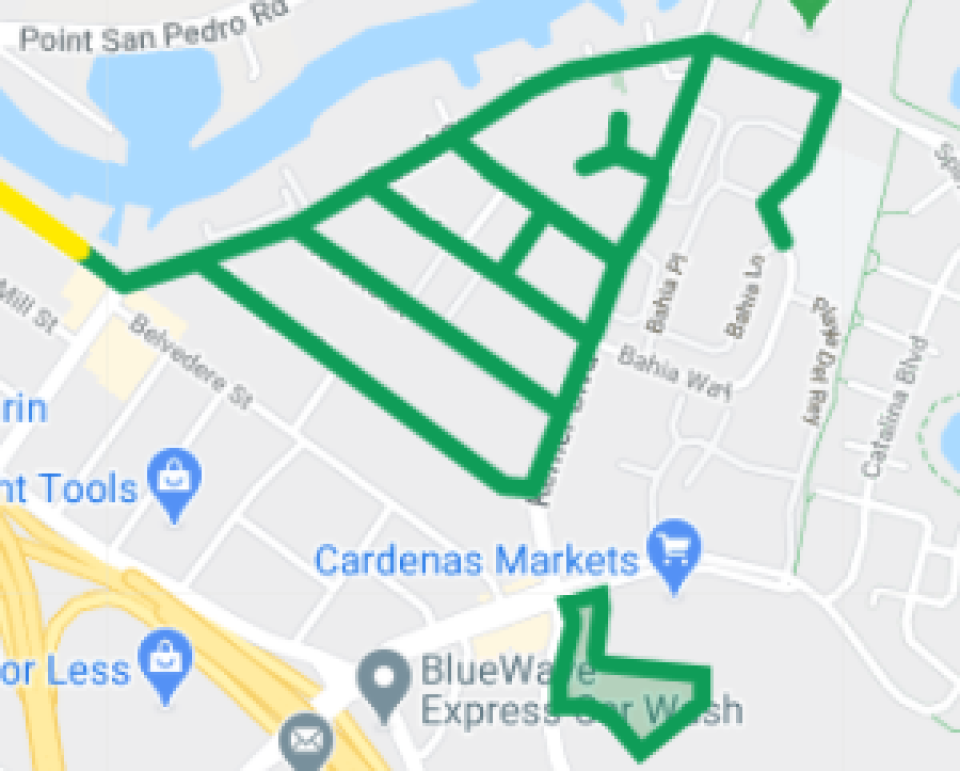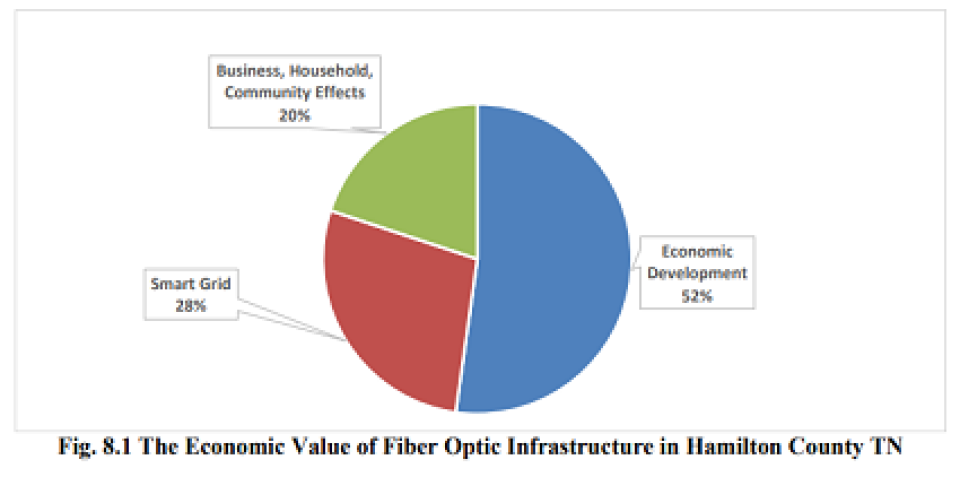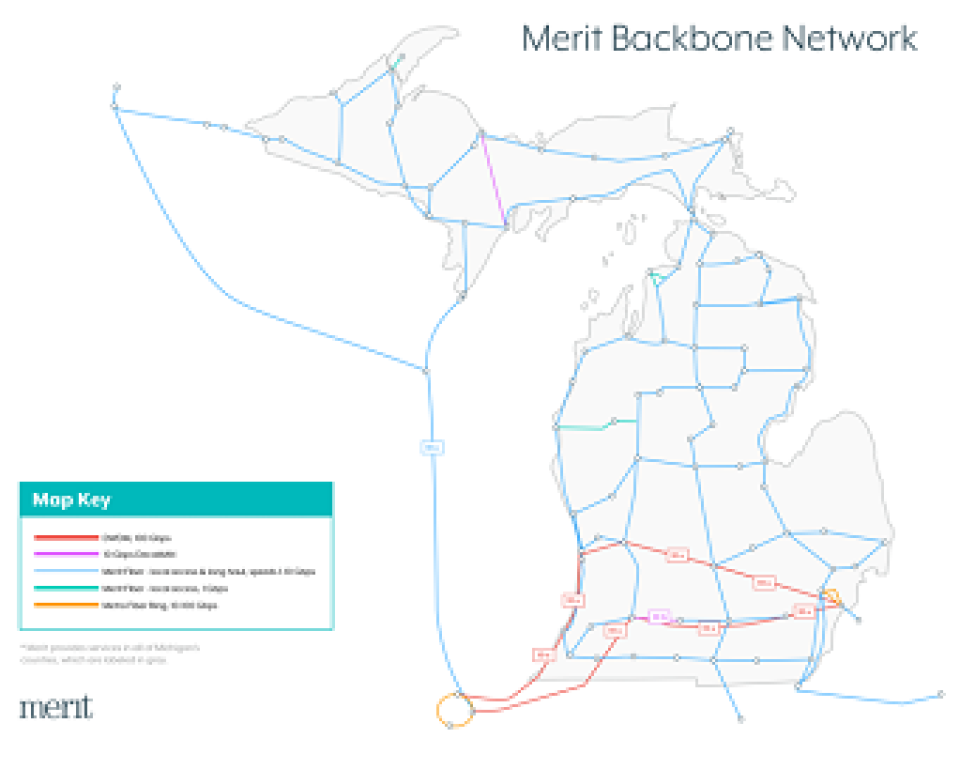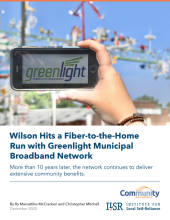
Fast, affordable Internet access for all.

Closing the homework gap has been a top priority for Federal Communications Commission (FCC) acting Chair Jessica Rosenworcel. She has a long track record advocating for Wi-Fi-enabled school buses, lamenting viral images of school children completing homework in fast food parking lots, and making the case that no child should be left offline. At the onset of the pandemic, she pledged to use her influence at the agency to fight to increase the flexibility of the E-Rate program, saying “every option needs to be on the table.”
When the American Rescue Plan Act established the Emergency Connectivity Fund (ECF) in March, a $7 billion program to connect students and library patrons to the Internet at off-campus locations, Rosenworcel had an opportunity to follow through on those promises. She could have seized the moment to steer the program in the direction of allowing schools and libraries to build, own, and operate their own school and community networks (what the federal government refers to as self-provisioned networks). Many schools serving areas with poorly connected students already do this, but without much help from the E-rate program.
But when the rules on how to spend the money were finalized on May 10th, the FCC’s Report and Order declared that schools and libraries could not use Connectivity Funds to build self-provisioned networks, but instead could only use the funds to purchase Wi-Fi hotspots, modems, routers, and connected devices, such as laptop computers and tablets. The one exception in which schools and libraries can use Connectivity Funds to build self-provisioned networks is in “areas where no service is available for purchase,” based on data self-reported by private ISPs.
With vaccines rolling out tier by tier, state by state, and restaurants, bars and public spaces starting to reopen one by one, there seems to be a desire to say, “Wow, things are going back to normal!” Unfortunately, the public health crisis exacerbated healthcare, education, and economic inequities that have long existed in low-income and communities of color across the country and have no chance of going away any time soon. But some community leaders have stepped up and come to the table with one piece of the puzzle in bridging these inequities — better Internet access to these communities.
Over the summer, we covered several communities that jumped to action and came up with quick ways to implement long-term solutions.
The city of San Rafael, which sits on the coast of northern California in Marin County, continues to strengthen, expand, and research the use of the network it built over the summer and fall for one unserved area hit hard by the economic, education, and health impact of Covid-19. And on the other side of the country, Meta Mesh in Pittsburgh, Pennsylvania continues construction on a pilot project that is hoping to connect unserved families by the end of this summer.
Focusing on the Future
In San Rafael, California, the city, Marin County and a nonprofit organization — the Canal Alliance — all joined forces to bring free Wi-Fi to the Canal neighborhood.


We don’t often get to spend a whole episode diving into the earliest work that communities do to set the foundation for progress in expanding high-quality broadband access down the road, but that’s what we’re talking about today.
This week on the podcast Christopher is joined by Pierrette Renée Dagg, Director of Marketing and Communications for the MERIT Network, and John Egelhaaf, Executive Director of the Southwest Michigan Planning Commission.
The two share the history of efforts in Berrien County, Michigan, and how a group of residents and local officials began pursuing better Internet connectivity a few years ago. Pierrette and John share the work that’s gone into the formation of a broadband task force, the identification of avenues and goals, and collaboration with hundreds of community partners along the way.
The story they tell is one of the power of partnerships and outreach groups (like anchor institutions andlibraries, senior centers, HOAs, fraternal orgs, and PTA groups) in contributing to a growing momentum.
This show is 36 minutes long and can be played on this page or via Apple Podcasts or the tool of your choice using this feed.
Transcript below.
We want your feedback and suggestions for the show-please e-mail us or leave a comment below.
Listen to other episodes here or view all episodes in our index. See other podcasts from the Institute for Local Self-Reliance here.
Thanks to Arne Huseby for the music. The song is Warm Duck Shuffle and is licensed under a Creative Commons Attribution (3.0) license.
When Collin Boyce, the City of Tucson’s Chief Information Officer, was a young boy, he left his native island country of Trinidad and Tobago with his mother and three brothers and moved to Brooklyn, New York.
“We were poor but what my mother did for us in the summertime is send us to computer camps. And because of those camps three of us are in the IT industry today and the one we call the black sheep of the family is a neurosurgeon,” Boyce said.
He was joking about his neurosurgeon brother of course. But was dead serious about how being introduced to computer technology as a young kid led him into IT work and why it means so much to him to help build Tucson’s new municipal wireless network to provide Internet connectivity for low-income school students and seniors.
“This effort is an opportunity to give back what my mother gave me,” he said.
Tucson has hundreds of miles of fiber connecting the city’s municipal buildings. But, unlike a city like Chattanooga, which operates one of the premier Fiber-to-the-Home networks in the nation allowing America’s first Gig City to provide free high-speed Internet access to 12,000 low-income students in Chattanooga throughout the ongoing pandemic, Tucson has not built a fully fiber-optic municipal broadband network.
As the COVID crisis swept across Arizona and forced students to attend school remotely last spring, Boyce began to look for a way to ensure that the thousands of students who didn’t have Internet access at home wouldn’t be left behind. In a city with a population of about 530,000, an estimated 30 percent of city residents, or about 150,000 Tucsonans, don’t subscribe to wireline broadband, Boyce said.
Standing Up a New Network
“We needed to stand up some wireless technology,” he told us this week.
Marketing plays a pivotal role in the success of community broadband at every stage of the game: from helping build political will during the initial stages of a project, to driving strong early take rates, to maintaining momentum down the road. Thoughtful and cohesive marketing, outreach, and community education efforts go hand in hand, and help broadband initiatives and networks weather the inevitable challenges that go with major infrastructure projects.
On Episode 6 of Connect This!, Christopher and Travis Carter (CEO, US Internet) will be joined by Kim McKinley (Deputy Director and Chief Marketing Officer, UTOPIA Fiber) and Kyle Hollifield (VP of Business Development, Magellan Advisors), both veterans with years of experience. The group will talk about all that marketing entails, including what we can learn from those that do it right and what gets left on the table when it's not part of the discussion.
Join us Monday, February 8th, at 3:30pm CST on YouTube Live with this link, or watch below.
For communities across the country considering whether to invest in building a municipal broadband network, a new study published last week on the economic value of the EPB fiber network in America’s first “gig city” is a must-read.
The independent study, conducted by Bento Lobo, Ph.D., head of the Department of Finance and Economics at the Rollins College of Business at the University of Tennessee at Chattanooga, found that the celebrated city-owned fiber network has delivered Chattanoogans a $2.69 billion return on investment in its first decade.
In 2010, EPB Fiber, a division of Chattanooga’s city-owned electric and telecommunications utility formerly known as the Electric Power Board of Chattanooga, became the first city in the United States to build a Fiber-To-The-Home (FTTH) network offering up to 1 Gig upload and download speeds. In 2015, EPB began offering up to 10 Gig speeds.
It cost approximately $220 million to build the network, however, “the true economic value of the fiber optic infrastructure for EPB’s customers is much greater than the cost of installing and maintaining the infrastructure,” Lobo said. “Our latest research findings show that Chattanooga’s fiber optic network provides additional value because it provides high speeds, with symmetrical uploads and downloads, and a high degree of network responsiveness which are necessary for the smart grid and other cutting-edge business, educational and research applications.”

Among the study’s key findings:
Last week we began our broad overview of the Accessible, Affordable Internet for All Act, sweeping legislation that calls for a $100 billion investment in broadband infrastructure in unserved and underserved parts of the country, as well as federal funding and coordinated support to meet the myriad of barriers that prevent tens of millions of Americans from having access to affordable and reliable Internet connectivity.
The bill (H.R. 7302) has already passed in the U.S. House of Representatives led by House Majority Whip James E. Clyburn (D-SC) and members of the House Rural Broadband Task Force. The Senate version of the bill (S. 4131), which was filed by Minnesota Senator Amy Klobuchar, co-chair of the Senate Broadband Caucus, has stalled, thanks to Senate Majority Leader Mitch McConnell who has “has buried the legislation in his graveyard,” in the words of Rep. Clyburn.
In this second-installment of a series of posts exploring the major sections contained in the proposed legislation, we look at the “Title I – Digital Equity” portion of the bill.

New Office of Internet Connectivity and Growth (OICG)
A new project borne out out of the Michigan Moonshot Initiative promises to help thousands of families and students without home Internet access get online. Led by the Merit Network, a coalition of partners (including Toyota, Cisco, the Detroit Public Library, the Washtenaw County Broadband Task Force, and county school districts) is installing Wi-Fi hardware at 50 sites around the southeastern part of the state to bring broadband access to thousands. Nine locations are up and running, with more soon to follow.
The effort is taking place in the cities of Detroit, Inkster, Flint, as well as Washtenaw County. Toyota and Cisco are providing funds and hardware, and the project takes advantage of the Merit Network’s extensive fiber backbone running throughout the state (4,000 miles in total). Wayne State University is also participating, and inviting students and faculty and staff to participate in a broadband survey. Funds are being dispersed in the form of grants which will go to community organizations to boost existing Wi-Fi networks at schools and other anchor institutions across participating areas.

For timely updates, follow Christopher Mitchell or MuniNetworks on Twitter and sign up to get the Community Broadband weekly update.
Built in 2008 with an eye toward the future and operated with local priorities in mind, Greenlight has a long track record of putting people first. In a new case study, the Institute for Local Self-Reliance explores the wide-ranging community benefits of Greenlight, the city-owned Fiber-to-the-Home network in Wilson, North Carolina.
Download Wilson Hits a Fiber-to-the-Home Run with Greenlight Municipal Broadband Network.
The case study details how it has been able to quickly adapt and expand service during the pandemic, as well as the host of advantages and overall value brought to the city over the last decade in education, equity, and economic development. For example:
Access for All
Economic Development
Education
In a new case study, the Institute for Local Self-Reliance explores the wide-ranging community benefits of Greenlight, the city-owned Fiber-to-the-Home network in Wilson, North Carolina. The case study details how it has been able to quickly adapt and expand service during the pandemic.
Built in 2008 with an eye toward the future and operated with local priorities in mind, Greenlight has a long track record of putting people first. A few examples are:
Access for All
Economic Development
Education